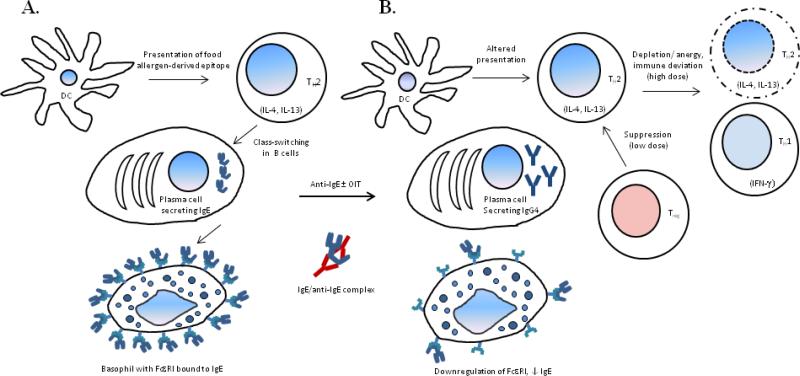Figure 1. Immune mechanism of food allergy and post-treatment desensitization.
In IgE-mediated food allergy, primary exposure to a food leads to development high levels of food allergen-specific IgE, which binds to FcεRI on the surface of basophils (A). On re-exposure, degranulation of basophils ensuing recognition of cognate food allergen-derived epitope by IgE gives rise to allergic symptoms. Anti-IgE molecules form a biologically inert complex with IgE. Anti-IgE + OIT combination therapy has been shown to bring about depletion of, or anergy in TH2 cells, with concomitant repolarization/ immune deviation towards TH1 direction. While this effect is attributed to high dose administration during combination therapy, desensitization through OIT alone with relatively low doses is more likely driven by increase in suppression by Treg cells. Anti-IgE treatment leads to downmodulation of FcεRI expression on basophils. In addition, decrease in the levels of allergen-specific IgE, and significant increase in those of IgG4, tends to imply successful desensitization (B), with alleviation of allergy symptoms as the net clinical outcome.

